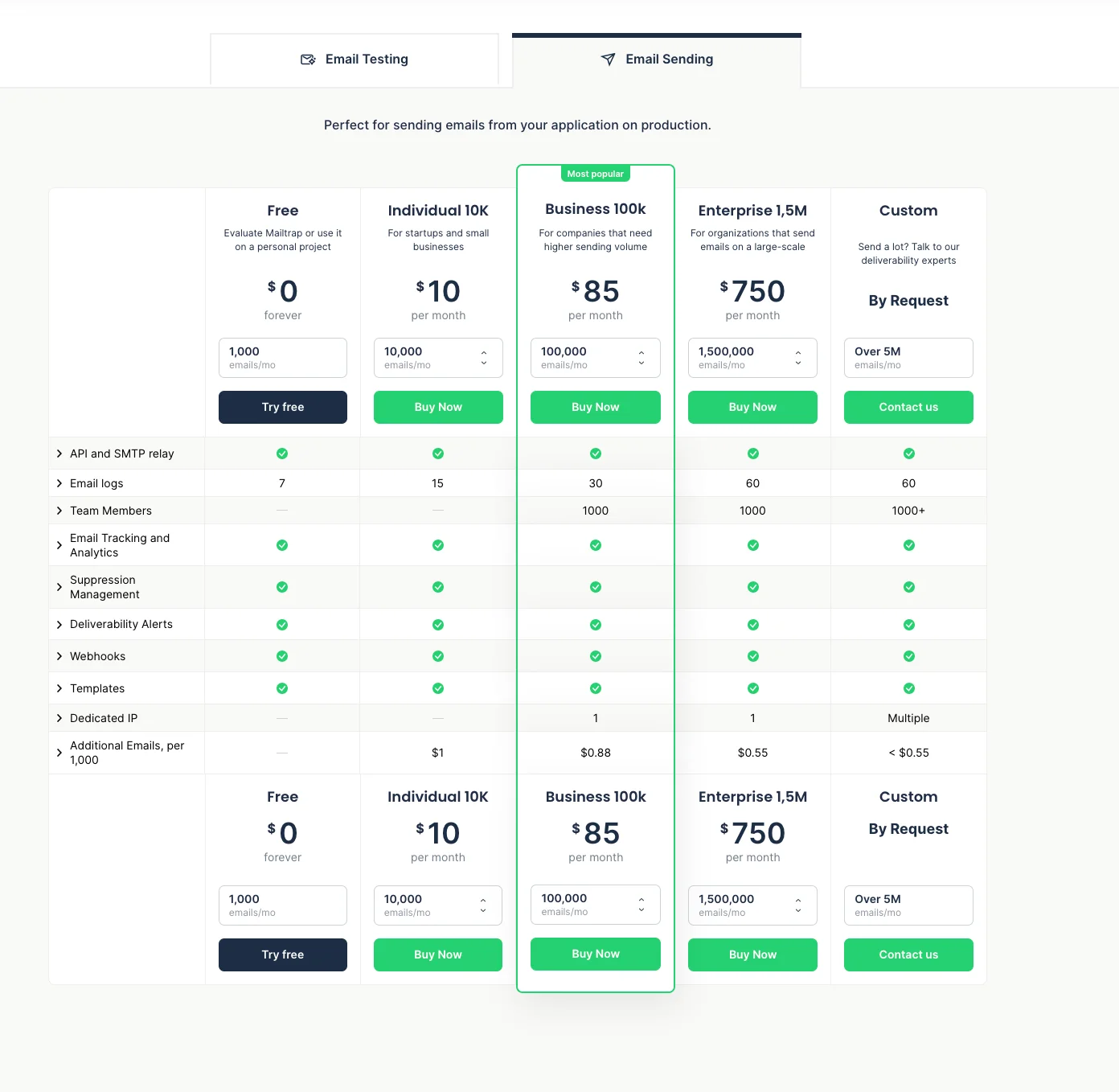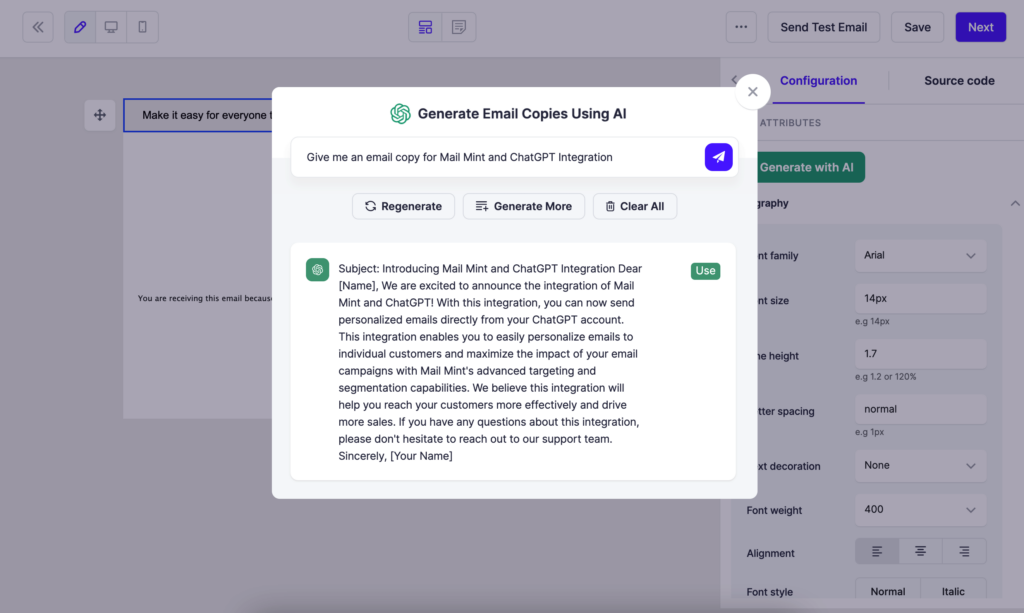WordPress powers over 40% of all web sites on the web. With so many websites using the content material administration system, malware is widespread.
Though common upkeep can stop malicious software program from infiltrating your web site, there might come a time when you end up the sufferer of an assault. But earlier than you buy a WordPress malware removing service, you might strive trying to find “how to take away malware from my WordPress website.”
Luckily, there are methods to shield your knowledge within the occasion of a compromised website. Here’s how to take away malware from your WordPress web site in 10 simple steps.
10 Steps that Answers Your Query: How to Remove Malware from My WordPress Site.
Table of Contents
1. Back Up Your WordPress Core Files and Database
Not solely is a hacked website a big safety subject, however it might additionally put important information in danger. For this cause, you’ll need to again up your complete website to make sure you don’t remove any important knowledge when troubleshooting the malware.
Depending on the dimensions of your website, it might take time to full your web site backup. However, doing this step will preserve your information protected from malicious code.
Running a WordPress backup plugin is a straightforward method to again up your website so long as you continue to have entry to it. If not, your greatest motion is to attain out to an expert WordPress help crew that may provide help to get across the malware’s results.
2. Download and Examine All Backup Files
Once you’ve completely downloaded all backup information in your hacked WordPress website, it’s time to look at them. During your examination, there are some things you must search for:
- Core web site information. These information come straight from the WordPress website. While you usually received’t want to use them, they are often useful when investigating safety points on hacked WordPress websites.
- The wp-config.php file. This file consists of the username and password to your WordPress website and can be wanted to achieve entry to the password reset in later steps.
- The .htaccess file. This is an invisible file and may solely be detected for those who’re an FTP consumer with entry to a hidden file view.
- The wp-content folder. This folder ought to include themes, plugins and uploaded information.
- Your database. A SQL file containing your WordPress database ought to be included on this file. This and the wp-content folder are important for restoring your complete web site.

3. Delete All Files within the public_html Folder
Once you’ve backed up your core WordPress information, it’s time to take away malware, starting with deleting all information within the public_html folder. Using File Manager supplied by your internet hosting supplier is usually the quickest method to do that.
Malicious code can contaminate knowledge throughout websites, so it’s essential to comply with these steps for all WordPress web sites you host to stop the malware an infection from spreading.
4. Reinstall WordPress
Reinstalling your WordPress website manually is the subsequent step. As a WordPress website proprietor, you’ll have entry to an admin panel with a one-click installer possibility.
When downloading the positioning, edit the wp-config.php file to use the database from your former web site. This will join the brand new file to your present web site, minus any contaminated information.
5. Reset Passwords and Permalinks
Once WordPress set up is full, you’ll want to reset your username, passwords and permalinks. If you discover any unknown WordPress consumer accounts right now, you’ll want to discover a skilled WordPress safety accomplice who can detect hidden malware and take away undesirable admin accounts.
If you’ve reset your username and password efficiently, go into your settings, click on the button for permalinks and choose “Save adjustments.” This restores your .htaccess file and retains your URLs operating appropriately.
6. Reinstall Plugins
Next, you’ll need to reinstall all WordPress plugins.
All your put in plugins ought to be downloaded recent from the WordPress repository or plugin developer. This ensures you don’t unintentionally reinstall hacked information.

7. Reinstall Themes
Reinstalling your themes is the subsequent step in malware removing. Again, ensure to use a recent obtain, as your previous theme might include safety vulnerabilities or undetected malware.
If you beforehand used customized theme information, you’ll want to reference your backup database to manually recreate them in your new website to keep away from infecting it with WordPress malware.
8. Upload Images From Backup Files
After reinstalling plugins and themes, you’ll want to re-upload all picture information to your new website. Unfortunately, this may be difficult, as you possibly can’t copy any information beforehand uploaded to your hacked web site.
At this level, you’ll want to look at yearly and month folder in your backup database one after the other. As you achieve this, be sure every folder incorporates solely picture information — no JavaScript or PHP information that would include malware infections.
Once you’ve examined and authorised each folder, you possibly can re-upload pictures to your new net server.
9. Scan Your Computer
You’ll want to scan your pc to detect malware or viruses you will have missed in your search. You can use a malware scanner to determine malware manually and make sure you didn’t miss any malicious code within the earlier steps.
If your safety scanner detects any vulnerabilities, you’ll need to return by the earlier steps to determine beforehand missed malware.
10. Install and Run Security Plugins
After taking these steps to take away malware from WordPress, you’ll need to set up and run a safety plugin. A free plugin can provide you with a warning to malware assaults and safety breaches to guarantee your WordPress web site doesn’t grow to be a sufferer once more.
Additionally, many WordPress customers profit from a WordPress malware removing plugin. Malware removing plugins incorporate file integrity monitoring and an online utility firewall to stop malware from infiltrating your web site.

Keep Your WordPress Website Running Smoothly With Zubayer
The greatest method to preserve your web site protected is to go for skilled WordPress safety providers. By buying specialised providers, you possibly can relaxation simple understanding your WordPress web site is protected from malicious code.
Zubayer is simply the proper WordPress upkeep and help accomplice you want to create your dream WordPress website, from selecting the right WordPress malware removing plugins to offering fail-proof WordPress web site backups.
Don’t threat compromising your web site knowledge with time-consuming malware troubleshooting. Contact us as we speak through e-mail or by telephone at 866-956-2330 and preserve your website protected for good.





![10 Compelling Lead Magnet Ideas To Get More Leads [2023] 13 01. Lead Magnet Funnel](https://getwpfunnels.com/wp-content/uploads/2023/10/01.-Lead-Magnet-Funnel.webp)




![How To Build A Directory Website Along With Email Marketing In WordPress [2023] 26 Install And Activate Directorist](https://getwpfunnels.com/wp-content/uploads/2023/09/Install-And-Activate-Directorist.webp)
![How To Create An Effective Ebook Landing Page In WordPress [2023] 30 01. Add New Funnel ebook landing scaled](https://getwpfunnels.com/wp-content/uploads/2023/08/01.-Add-New-Funnel-ebook-landing-scaled.webp)
![Top 3 Email Automation Tools For Wordpress [2023] 34 Mail Mint 1](https://getwpfunnels.com/wp-content/uploads/2023/05/Mail-Mint-1.png)
Leave a Reply